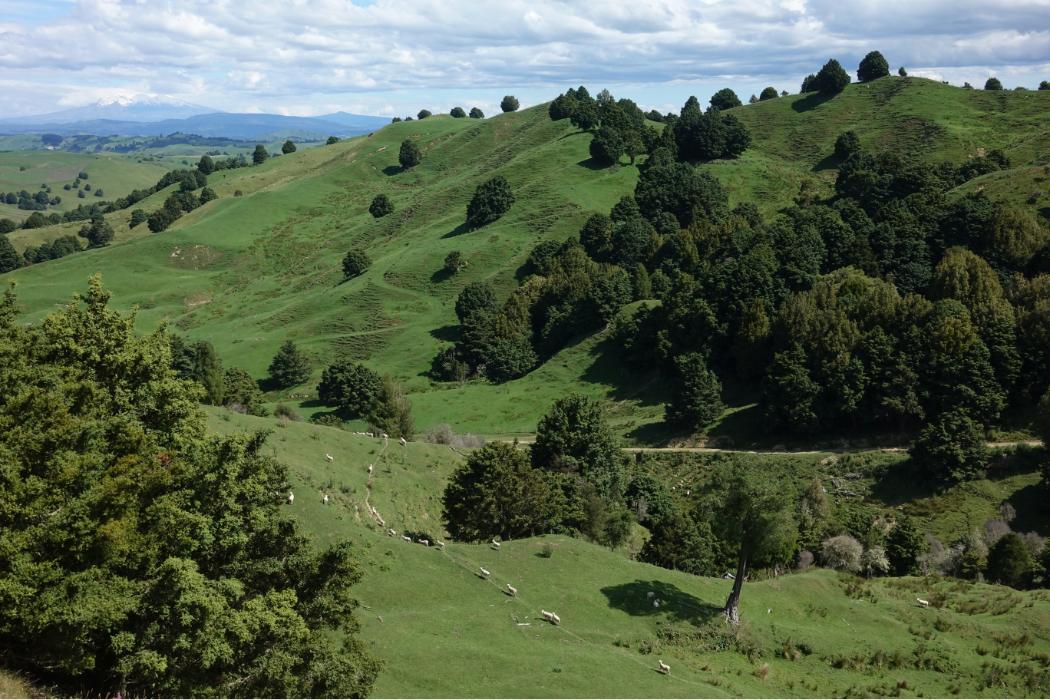Measuring up to compliance
Trevor Cook praises the Australian approach to farming while wondering where compliance requirements will end.

Trevor Cook praises the Australian approach to farming while wondering where compliance requirements will end.
An accidental viewing of an Australian television station exposed me to a very impressive promotion about Australian agriculture. It is the most efficient farming country in the world, the most progressive and the most innovative. As well, the least subsidised in the OECD, the massive lift in livestock performance, with only beef cattle and sheep shown, was a direct result of this world leading research and its application.
Their agricultural growth has been due to the development and use of technology to produce quality products, sort after all over the world. At the same time respecting the environment. This all created career options for young people.
This presentation was slick and very convincing. The television programme was very much mainstream and mostly aimed at urban people. It was part of a wider series of what has helped Australia grow. I was impressed by the compelling nature of the presentation.
I certainly have seen nothing of the sort on our television shows. It was not a paid promotion, but part of a series prepared by journalists. The next morning I was reading one of the Sunday papers and got angry over the editorial which pilloried the Groundswell movement as being unjustified and not representing farmer views. It painted a very rosy future for farmers based on projected product prices.
The writer had not engaged with farmers to understand what their concerns were. This is in a paper firmly aimed at urban readers. Farmer champions are needed to front foot the urban media.
In this Australian media presentation there was mention of how well Australian farm animals were looked after. Animal welfare is getting more and more into the limelight. Anthropomorphic transfer of emotions can be totally out of place and for the public being less aware of farm animals certain actions on farms can be seen as unacceptable. We are warned that markets will intrude more into this space.
‘What is hard to measure is hard to implement or comply with.’
Of the five freedoms that we base our animal welfare standards on, the one that is going to be very difficult to adhere to is shade and shelter. Interestingly, I was on a government-owned farming operation recently and observed the planting programme that is planned purely for providing shade and shelter. Small blocks of native plantings are to be established in the centre of each paddock that did not already have any trees.
Most actions that we take on the farm are based on science. Demonstrated need has been the catch cry. But there is little science about the need for shade or shelter. That is not saying that they are not important, but what are the limits at which these factors are welfare issues? What is hard to measure is hard to implement or comply with. This could well become the next challenge.
Field day outcomes
At two field day’s that I ran in July the progress of a fully trading farm and a hill country breeding farm over the last three years was presented. The trading farm was able to demonstrate huge changes because changing direction was relatively easy. The breeding farm had a lot of momentum to overcome given that breeding programmes cannot be changed in a hurry. However, changes to grazing management can be implemented much more quickly and have been on this farm.
Winter rotations for pregnant ewes had been very effective in delivering pasture cover coming into lambing. A failure to have enough pasture at this crucial time is common throughout the country and is a major cause of poor lambing outcomes. Too many farms just end up with what the winter has delivered. On this farm, a lift in lamb survival was a direct benefit of this grazing management change. Both of these farms demonstrated the power of a team approach to farming. Most of that power is in the form of support.
Ending up with what the season allowed rather than taking some actions that also determine that outcome is a feature of why some farms perform better than others. For example, why in some parts of the North Island when the summer gets very dry, ewes are supplemented, yet in other parts that get as dry, ewes are not. The cost benefit if this action has been shown many times to be a very positive through underpinning a better scanning, but also through keeping ewe condition up going into the winter.
Putting some nitrogen on in anticipation of not having enough for ewes at peak lactation has also been shown to be a very good investment. Too often the spring being tight is just accepted as being how it is.
The negative impact of extremes of weather can never be totally mitigated, but the outcomes can very often be much more influenced than is recognised.




